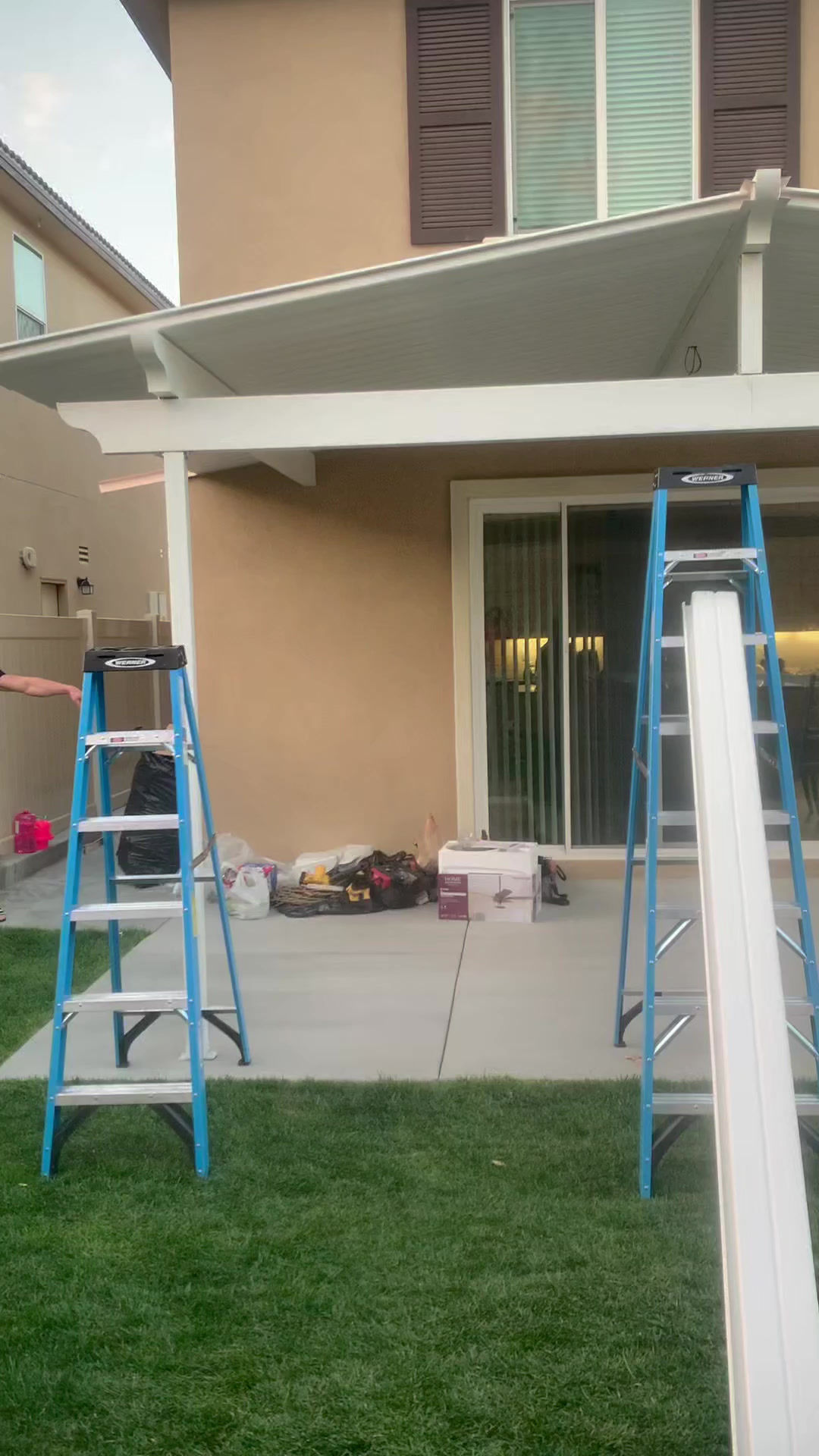Why a Lawsuit Between a Contractor and Homeowner is Sometimes Necessary
- inhome renovation
- Jun 30, 2025
- 2 min read
When a home renovation or construction project goes awry, it can be a deeply frustrating and financially draining experience for a homeowner. While no one wants to jump straight to litigation, sometimes a lawsuit between a contractor and a residential homeowner becomes a necessary, albeit challenging, path to resolution.
Why is it necessary?
Often, it boils down to fundamental disagreements that can't be resolved through direct communication or alternative dispute resolution methods like mediation or arbitration. These can include:
* Breach of Contract: The contractor fails to adhere to the agreed-upon terms, timeline, or scope of work outlined in the contract. This could involve abandoning the job, significant delays, or not completing promised tasks.
* Substandard Workmanship/Defects: The work performed is faulty, of poor quality, or doesn't meet industry standards, leading to defects, damage, or safety concerns.
* Unlicensed or Uninsured Contractors: Dealing with a contractor who isn't properly licensed or insured can leave homeowners with little recourse if things go wrong, making legal action their only option to recover damages.
* Payment Disputes: Disagreements over payments, change orders, or inflated costs can escalate, leading to a standstill where neither party feels justly treated.
* Fraud or Misrepresentation: In more severe cases, a contractor might intentionally mislead a homeowner about their qualifications, the materials used, or the project's progress.
What to expect in a lawsuit:
Embarking on a lawsuit is a serious undertaking and requires preparation. Here's a general idea of what the process might involve:
1. Documentation is Key: Before anything else, gather all relevant documents: the original contract, any change orders, invoices, payment records, communication (emails, texts, letters), photos and videos of the work (before, during, and after), and any reports from independent inspectors or experts. This evidence will be crucial in building your case.
2. Initial Attempts at Resolution: Many jurisdictions require or strongly encourage attempts to resolve the dispute outside of court first. This might involve sending a formal demand letter outlining the issues and desired resolution.
3. Filing the Lawsuit: If pre-litigation efforts fail, a lawsuit is filed with the appropriate court. This involves drafting a "complaint" detailing your claims against the contractor.
4. Discovery: Both sides exchange information and evidence relevant to the case. This can include written questions (interrogatories), requests for documents, and depositions (sworn testimonies).
5. Mediation/Arbitration (Again): Even after a lawsuit is filed, courts often encourage or mandate further attempts at mediation or arbitration to reach a settlement before a trial.
6. Trial: If no settlement is reached, the case proceeds to trial, where both sides present their evidence and arguments to a judge or jury, who then render a decision.
7. Judgment and Enforcement: If you win, the court issues a judgment, often ordering the contractor to pay monetary damages. Enforcing this judgment can sometimes be another step in itself.
Is it worth it?
Deciding to pursue a lawsuit is a significant decision. It can be time-consuming, emotionally taxing, and costly. However, for many homeowners facing substantial financial loss, uninhabitable living conditions, or a contractor's complete disregard for their obligations, a lawsuit may be the only necessary path to hold the contractor accountable and achieve a just outcome. Consulting with an experienced construction law attorney early on is highly recommended to understand your rights and the viability of your case.


Comments